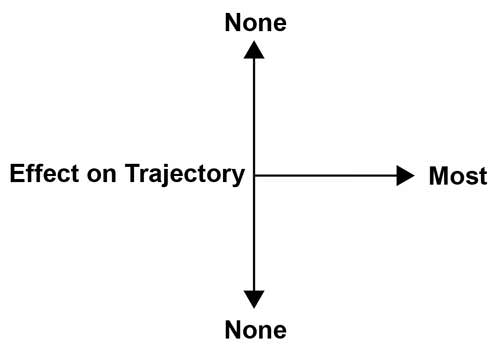I can do my own math, but thanks for the thought.Elnathan said:If you are asking me to do the math for you, 1) I must politely decline for now on the grounds I have other more pressing demands on my time and 2) I only brought up the theory (having missed its introduction to the thread earlier) as a suggestion without making any claim as to its usefulness, so while I too am interested it figuring out its validity I'm not obligated to prove anything.
As I said above, what I'm looking for is the idea behind the "calculate drop based on the spot below the target theory," you mentioned. I'm interested to find out what adherents to the theory claim are the mechanism, the physics, behind the idea. I was hoping you would describe that in explaining your idea for testing it. Without being obliged to do so, of course. I'll keep looking. Somebody out there has to know, the idea has been around for at least three decades.
Spence




 brain fart. So far no info on an actual formula but I have found the cheaper rangefinders with compensation built in use this formula for their calculations
brain fart. So far no info on an actual formula but I have found the cheaper rangefinders with compensation built in use this formula for their calculations
